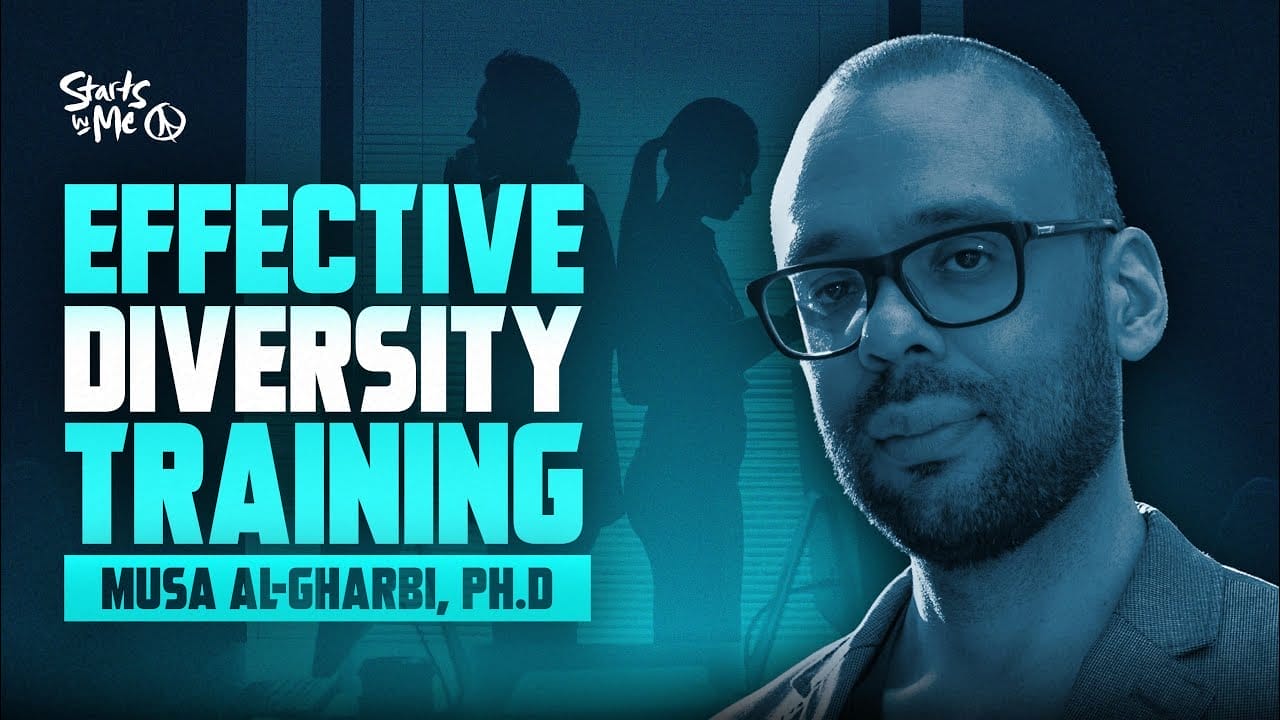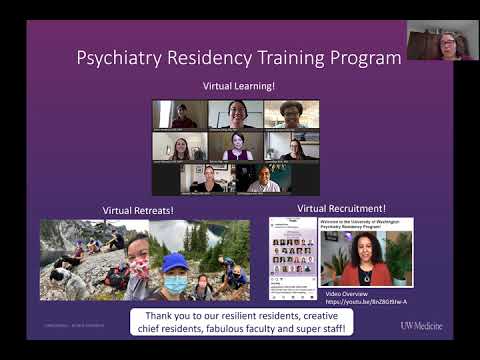Did you know that organizations with diverse workforces outperform their competitors by 35%? This highlights the vital role that diversity plays in driving success and innovation in today’s business world. However, achieving a diverse workforce requires more than just recruitment efforts. It necessitates the implementation of effective diversity training programs that promote inclusion and foster a culture of equality.
Diversity training is not a one-time event but an ongoing process that aims to educate and raise awareness among employees about the importance of embracing diversity and creating an inclusive work environment. A well-designed diversity training program can have a profound impact on reducing bias, promoting empathy, and enhancing teamwork.
To ensure the effectiveness of diversity training, organizations should consider several key factors. Let’s explore the essential elements that make diversity training effective:
Key Takeaways:
- Effective diversity training is crucial for organizations to maximize the impact of diversity initiatives.
- Long-term training programs that span multiple hours or sessions are more effective in changing attitudes and behavior.
- Assessment should be included in all diversity training programs to measure progress and identify areas for improvement.
- Trainers with diverse backgrounds and facilitation skills play a vital role in creating engaging and inclusive training sessions.
- Utilizing a variety of pedagogical techniques, such as reflective and experiential learning, can enhance the effectiveness of diversity training.
Diversity training strategies encompass a range of approaches and techniques aimed at creating a more inclusive workplace. By understanding the essentials of effective diversity training, organizations can cultivate a diverse and inclusive workforce that drives innovation, enhances productivity, and fosters an environment where all employees can thrive.
Benefits of Diversity Training
Diversity training has several benefits for organizations. It creates a positive impact by promoting inclusivity and fostering a diverse workplace. This, in turn, leads to a range of outcomes that contribute to the overall success of the organization.
One notable benefit of diversity training is its impact on employee engagement. When employees are educated and aware of diversity and inclusion issues, they are more likely to feel connected to the organization’s mission and values. This increased engagement translates into higher levels of performance and productivity.
Diversity training increases employee engagement, leading to higher performance and productivity.
Employee retention is another key outcome of diversity training. When employees feel included, valued, and respected, they are more likely to stay with the organization for the long term. This reduces turnover rates and the associated costs of hiring and training new employees.
Diversity training improves employee retention by creating an inclusive environment where employees feel valued.
Beyond individual benefits, diversity training can have a broader systemic impact by challenging existing power structures and promoting diversity in hiring and leadership positions. By creating awareness and understanding of biases and discriminatory practices, diversity training helps organizations break down barriers and create a more equitable workplace.
Diversity training brings about positive systemic change by challenging existing power structures and promoting diversity in hiring and leadership positions.
When diversity training is effectively implemented, organizations experience a range of benefits. From improved employee engagement and retention to positive systemic change, diversity training plays a vital role in creating inclusive and diverse workplaces.
For more information on diversity training, visit https://extension.psu.edu/diversity-training-in-the-workplace.
Types of Diversity Training

Organizations can implement various types of diversity training programs to foster an inclusive and equitable workplace. These programs are designed to promote awareness, develop essential skills, assess relationships, and encourage cultural sensitivity. Each type of training contributes to the overall effectiveness of diversity initiatives within the organization.
Awareness Training
Awareness training serves as an essential foundation for diversity training. This type of program provides employees with an overview of workplace demographics, including factors such as sexual orientation, gender, race, and equity. Through awareness training, employees gain a deeper understanding of diverse perspectives and experiences, fostering empathy and respect.
Skills-Based Training
Skills-based diversity training focuses on specific actions and behaviors that create an inclusive environment. This type of training equips employees with practical skills to navigate diversity-related challenges effectively. Skills-based training emphasizes the development of communication, conflict resolution, and inclusive leadership skills, empowering employees to actively contribute to a diverse and inclusive workplace.
Diversity Audits
Diversity audits play a vital role in assessing employee relationships, identifying discriminatory practices, and promoting transparency. Conducting diversity audits allows organizations to identify areas of improvement, measure progress, and address any systemic issues that may hinder diversity and inclusion efforts. By shining a light on potential biases or disparities, diversity audits support organizations in creating more equitable workplaces.
Basic Diversity Training
Basic diversity training aims to promote respect, empathy, and cultural sensitivity among employees. This type of training creates a foundation for understanding and appreciating different cultures, beliefs, and perspectives. Basic diversity training provides employees with the tools to navigate cross-cultural interactions, challenge stereotypes, and build inclusive relationships.
By combining these different types of diversity training, organizations can cultivate a more inclusive and welcoming workplace environment. The following table provides a summary of the key features and benefits of each type of diversity training:
| Type of Diversity Training | Key Features | Benefits |
|---|---|---|
| Awareness Training | Provides an overview of workplace demographics and diversity-related concepts | Increases awareness and understanding of diverse perspectives Enhances empathy and respect among employees |
| Skills-Based Training | Focuses on developing practical skills to navigate diversity-related challenges | Builds communication, conflict resolution, and inclusive leadership skills Enables employees to contribute to an inclusive workplace |
| Diversity Audits | Assesses employee relationships, identifies discriminatory practices, and promotes transparency | Highlights areas for improvement and measures progress Addresses systemic issues hindering diversity and inclusion efforts |
| Basic Diversity Training | Promotes respect, empathy, and cultural sensitivity | Builds a foundation for understanding different cultures and perspectives Equips employees to navigate cross-cultural interactions effectively |
Implementing a combination of these diversity training approaches can help organizations establish a positive and inclusive workplace culture that values diversity and fosters growth and innovation.
Creating Effective Diversity Training

To maximize the impact of diversity training, organizations should adopt effective techniques and strategies that align with their goals. By setting realistic expectations and providing the necessary resources, organizations can create a culture of inclusion and diversity.
One effective approach is to offer a portfolio of diverse training programs that cater to the specific needs of employees. This allows individuals to choose programs that resonate with their experiences and interests, facilitating a more personalized learning experience. Additionally, implementing employee resource groups can provide a platform for individuals to connect and share insights, further enriching the training process.
Measurement and reporting of progress play a crucial role in diversity training. By regularly tracking the outcomes and impact of training initiatives, organizations can hold employees accountable and keep them engaged. This data also enables organizations to identify areas of improvement and make necessary adjustments to their training programs.
Fostering Growth and Change
Effective diversity training may require uncomfortable conversations, but they are vital for fostering growth and meaningful change within organizations. By creating a safe space for these dialogues, employees have an opportunity to challenge their biases, learn from others’ experiences, and develop empathy. These conversations pave the way for a more inclusive and diverse workplace.
It is important to involve all employees in diversity training, including top executives. When leaders actively participate in and support diversity initiatives, it sends a strong message that prioritizes inclusion and sets a positive example for others to follow. Involving executives also ensures that their decisions and actions align with the organization’s diversity goals.
Maximizing the impact of diversity training requires a multifaceted approach that integrates various techniques and strategies. From providing diverse training options to fostering uncomfortable conversations, organizations can create an environment that embraces diversity and maximizes the benefits it brings.
For more in-depth guidance on effective diversity training techniques, you can refer to this comprehensive resource.
Avoiding Backlash in Diversity Training

While diversity training programs are essential for promoting inclusivity and equality in the workplace, it is not uncommon for these initiatives to face backlash. Some employees may exhibit negative attitudes or resistance towards diversity training, hindering its effectiveness. To ensure the success of diversity training programs and address potential challenges, organizations must implement strategies that mitigate backlash and foster open dialogue.
Addressing White Fragility in Training
One critical aspect of avoiding backlash in diversity training is to address white fragility. White fragility refers to the defensive reactions and discomfort experienced by individuals when confronted with discussions about race and privilege. By recognizing and addressing white fragility, trainers can create a safe and supportive learning environment that encourages open conversation and self-reflection among participants.
“Addressing white fragility is crucial in diversity training programs. It helps white participants navigate their discomfort and allows for constructive engagement with the topic of race.”
Promoting Open and Honest Conversation
It is crucial to avoid a confrontational approach in diversity training and instead promote open and honest conversation. Ground rules should be established for discussions, ensuring that participants communicate respectfully and constructively. By setting expectations at the outset, trainers can create an environment that encourages active listening, empathy, and the sharing of diverse perspectives.
Establishing Ground Rules for Productive Discussions
- Respectful communication: Encourage participants to listen actively, speak respectfully, and avoid interrupting or dismissing others’ perspectives.
- Confidentiality: Foster an environment where participants feel safe to share personal experiences and opinions, ensuring that discussions remain confidential within the training setting.
- Allowing vulnerability: Create a space where participants feel comfortable expressing their uncertainties, asking questions, and admitting mistakes, without fear of judgement or ridicule.
Trainer Demographics and Representation
The demographics of diversity trainers can significantly influence the effectiveness of training programs. Having trainers who represent various minority groups, including racial and ethnic diversity, can enhance participants’ understanding and engagement. Diverse trainers can share personal experiences and insights, promoting empathy and a deeper appreciation for diverse perspectives.
Key Takeaways:
- Avoiding backlash in diversity training requires addressing white fragility and creating a safe learning environment for all participants.
- Promote open and honest conversations by establishing ground rules and encouraging respectful communication.
- Including trainers from diverse backgrounds and minority groups can enhance participants’ understanding and engagement.
Open Questions in Diversity Training
While diversity training has proven to be an essential tool in fostering inclusive workplaces, there are still several open questions within this field that require exploration and research. These questions reflect the ongoing pursuit of effective diversity training options and strategies.
One of the key debates in diversity training revolves around whether it should be mandatory or voluntary. Some argue that mandatory training ensures that all employees receive the same foundational knowledge and understanding of diversity. Conversely, voluntary training allows employees who are genuinely interested in diversity to participate, potentially leading to more engaged and receptive participants.
Another consideration is whether diversity training should focus on specific groups or be more general in nature. Targeted training that addresses the unique challenges faced by specific demographics can provide tailored solutions, but it may also risk perpetuating stereotypes. On the other hand, broad training that covers a wide range of diversity topics promotes a more holistic understanding but may lack the depth necessary for meaningful impact.
Additionally, there is ongoing debate about the effectiveness of different types of diversity training. Awareness training, which aims to increase knowledge and understanding of diversity issues, and skills training, which focuses on developing specific inclusive behaviors, both have their merits. However, determining which approach is more effective in creating sustained behavior change and promoting an inclusive workplace remains an open question.
Considering the demographic composition of trainees is another aspect that warrants exploration. Does training that includes a mix of individuals from different backgrounds lead to more productive discussions and learning opportunities? Or does homogeneous training provide a safer space for open dialogue and vulnerability?
Ultimately, these open questions highlight the dynamic nature of diversity training and the need for continued research and innovation. By exploring these questions, we can enhance the effectiveness of diversity training options and strategies, ultimately leading to more inclusive and equitable workplaces.
Conclusion
Effective diversity training is critical for creating an inclusive workplace and advancing diversity initiatives. To maximize the impact of diversity training, organizations should implement best practices that reflect diversity throughout the organization, incorporate long-term training, regularly assess progress, and involve diverse trainers.
By embracing diversity and promoting inclusivity at all levels, organizations can create a culture that values and celebrates differences. Research has shown that organizations that prioritize diversity training experience numerous benefits, including increased employee engagement, improved retention rates, and positive systemic change.
To continuously improve diversity training programs, open questions in the field provide opportunities for further research and refinement. These include whether training should be mandatory or voluntary, the effectiveness of group-specific training versus general training, and the impact of demographic composition on trainee experiences. By addressing these questions, organizations can enhance the effectiveness of diversity training and create even more inclusive workplaces.
For more information on the importance of diversity training, you can refer to this source.
FAQ
What makes diversity training effective?
Diversity training is more effective when implemented throughout the organization, supported by leadership, and includes long-term training, assessment, and skilled trainers who use multiple pedagogical techniques.
What are the benefits of diversity training?
Diversity training increases employee engagement, performance, productivity, and retention. It also promotes positive systemic change and diversity in hiring and leadership positions.
What are the types of diversity training?
There are different types of diversity training programs, including awareness training, skills-based training, diversity audits, and basic diversity training.
How can organizations create effective diversity training?
Organizations can create effective diversity training by setting realistic goals, providing resources, measuring progress, fostering a culture of belonging, and involving all employees, including top executives.
How can organizations avoid backlash in diversity training?
Organizations can avoid backlash by promoting open and honest conversation, establishing ground rules, and ensuring trainer diversity and representation of different minority groups.
What are the open questions in diversity training?
Open questions in diversity training include whether it should be mandatory or voluntary, focus on specific groups or be more general, and whether awareness or skills training is more effective.
What is the conclusion of effective diversity training?
Effective diversity training is crucial for creating an inclusive workplace and promoting diversity initiatives. By implementing best practices, organizations can maximize the impact of diversity training.





